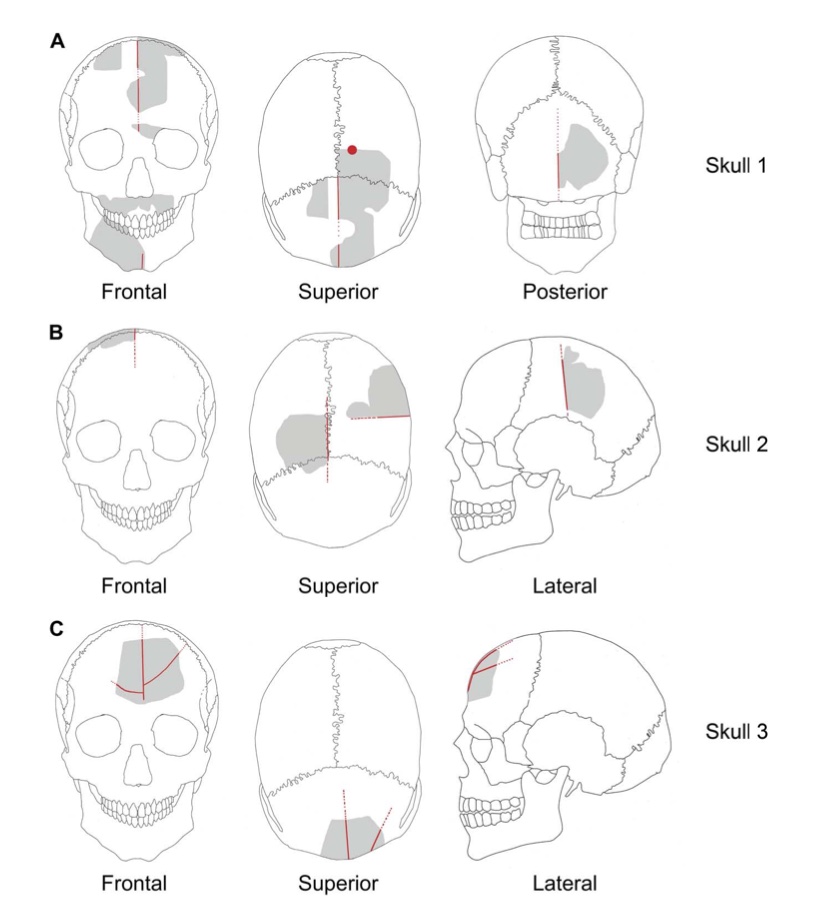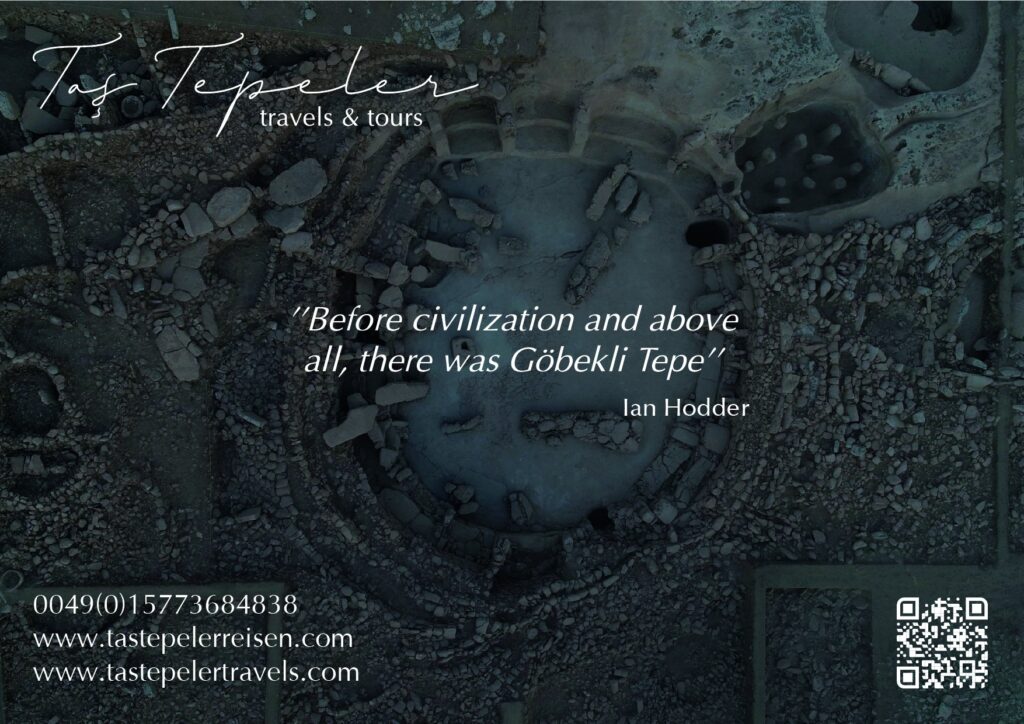
Modified human crania from Göbekli Tepe provide evidence for a new form of Neolithic skull cult
Human skulls can be venerated for various reasons, ranging from ancestor worship to the belief in the transmission of protective or other properties from the deceased to the living (1). This focus on the hu- man skull, including its special treatment, led to the establishment of the term skull cult in the anthropological literature [for example, Cauvin (2), Bienert (3), and Wahl (4)]. Skull cult can take on different forms, that is, with skull modifications frequently underlying very specific cultural codes. In the Pre-Pottery Neolithic (PPN; 9600–7000 calBC) of Southeast Anatolia and the Levant, there is an abundance of archaeological evidence for the special status assigned to the human skull: In addition to the deposition of skulls in special places, as at- tested by the “skull depot” at Tell Qaramel (5) or the “skull building” at Çayönü (6), human skulls are also known to have been decorated, for example, where the soft tissue and facial features have been remodeled in plaster [such as, Goren et al. (7) and Rollefson (8)] and/or color was applied to the bone (9, 10).


